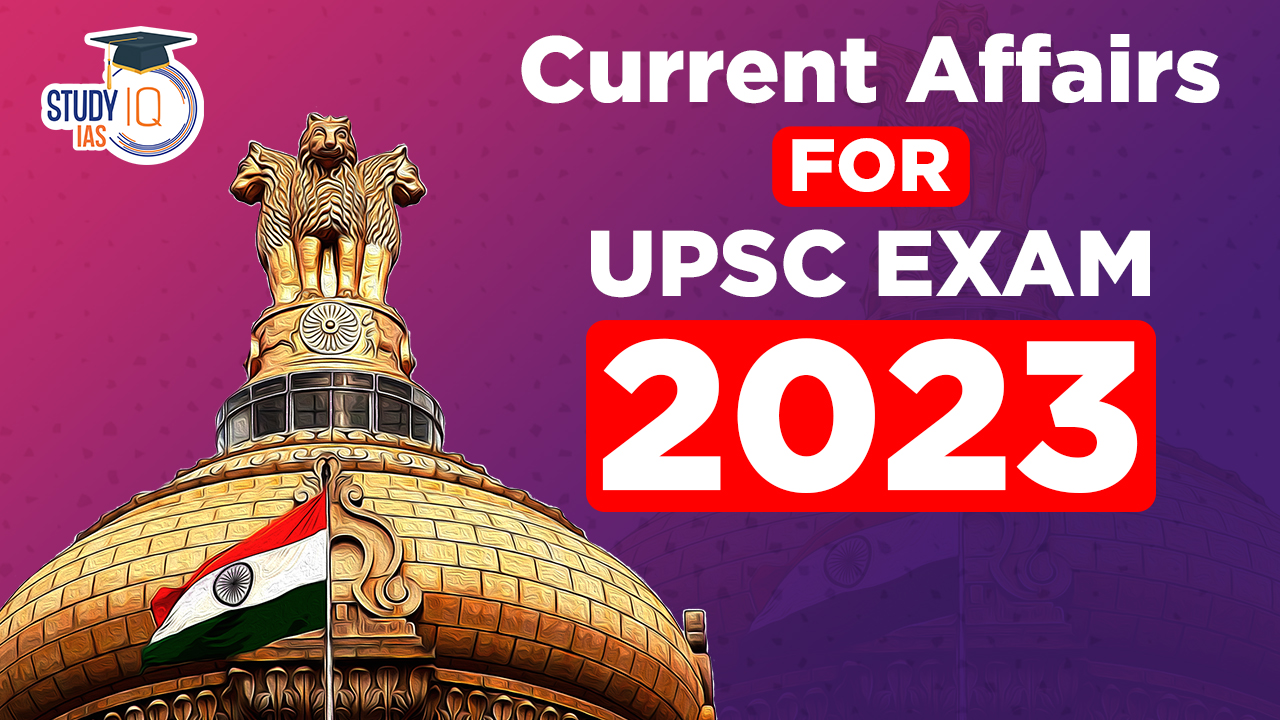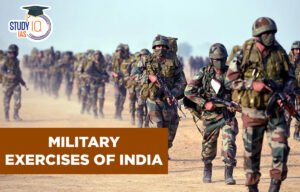Table of Contents
Drones to Women SHGs
Context: The Union Cabinet has approved the Central Sector Scheme for providing Drones to the Women Self Help Groups (SHGs).
Central Sector Scheme Overview
- Type: Central Sector Scheme
- Objective: To equip selected Women Self Help Groups (SHGs) with 15,000 drones.
- Purpose: To offer rental services for agricultural tasks to farmers.
- Duration: From 2023-24 to 2025-2026.
- Departments Involved:
- Department of Agriculture & Farmers Welfare (DA&FW)
- Department of Rural Development (DoRD)
- Department of Fertilizers (DoF)
- Women SHGs
- Lead Fertilizer Companies (LFCs)
- Identification of SHGs: Selection from the 89 lakh SHGs under the Deendayal Antyodaya Yojana.
- Financial Assistance
- Central Financial Assistance: Covers 80% of drone costs, up to a maximum of Rs. 8 Lakh.
- Additional Funding: Remaining funds through National Agriculture Infra Financing Facility (AIF).
- Interest subvention @ 3% on AIF loan.
- Training Programs
- Drone Piloting Skills: One member per SHG trained in drone piloting for agriculture, nutrient, and pesticide application.
- Drone Technicians: Another member trained in drone repair and maintenance.
- Nano Fertilisers Promotion: Encourages the use of Nano Fertilisers (e.g., Nano Urea, Nano DAP) through drone services.
- Scheme Significance
- Income Boost for SHGs: Potential additional income of at least Rs.1 lakh per annum for SHGs.
- Agricultural Advancement: Infusion of advanced technology in agriculture.
- Benefits include improved efficiency, enhanced crop yield, and reduced operational costs.
We’re now on WhatsApp. Click to Join
Antiretroviral Medications
Context: Persons with HIV who are on uninterrupted antiretroviral therapy lead a normal life and modelling studies have shown, their life expectancy is almost similar to persons who don’t have HIV.
About Antiretroviral Medications
Antiretroviral (ARV) medications are drugs that help control the human immunodeficiency virus (HIV). HIV is a virus that attacks the body’s immune system, making it difficult to fight off infections. ARV medications work by preventing HIV from replicating (making copies of itself) in the body. This helps to slow the progression of HIV infection and can help people with HIV live longer, healthier lives.
- Concept of Antiretroviral Drugs:
- These drugs are a combination of daily medications that stop the virus from reproducing.
- They protect CD4 cells, thereby keeping the immune system strong enough to fight off diseases.
- ART reduces the risk of HIV transmission and stops its progression to AIDS.
- Nevirapine (NVP) or efavirenz (EFV)-based regimens are commonly used in ART.
- HIV Strains and Types:
- HIV-1 and HIV-2 are two distinct viruses, with HIV-1 being the predominant virus globally, accounting for around 95% of all infections.
- HIV-2 is genetically distinct from HIV-1 and is concentrated mainly in West Africa.
- Many antiretroviral drugs are effective against HIV-2, but non-nucleoside reverse transcriptase inhibitors (NNRTIs) like nevirapine and efavirenz are not effective against it.
- Treatment for HIV:
- Over 25 drugs are approved for treating HIV.
- These drugs form the antiretroviral therapy (ART) and are a combination of medications.
- ART does not cure HIV but suppresses viral replication and helps the immune system to fight off infections and some cancers.
- Standard Treatment:
- Highly Active Antiretroviral Therapy (HAART) is the standard treatment.
- In 2021, the FDA approved Cabenuva, which contains two types of HIV drugs: cabotegravir and rilpivirine.
- HIV/AIDS Outreach in India:
- The Ministry of Health and Family Welfare and the Ministry of Social Justice and Empowerment signed an MoU for enhanced HIV/AIDS outreach.
- The objective is to reduce social stigma and discrimination against victims of drug abuse and those living with HIV/AIDS.
- Situation in India:
- The National AIDS Control Organisation (NACO) leads the HIV/AIDS control program in India.
- There has been a significant decline in new HIV infections and AIDS-related deaths in India, exceeding global rates.
- India’s Role in the Global Fight against AIDS:
- A substantial portion of the global population on ART consumes drugs manufactured in India.
- Indian pharmaceutical companies play a vital role in the global battle against AIDS due to their ability to produce high-quality, affordable medicines.
- Antiretroviral Therapy (ART):
- ART is the only option available for people living with HIV-AIDS in the absence of a vaccine or cure.
- Standard ART consists of a combination of at least three antiretroviral drugs to suppress the HIV virus and stop the disease’s progression.
Defence Acquisition Council
Context: Defence Acquisition Council, chaired by Defence Minister Rajnath Singh, gives initial approval for acquisition of the indigenously developed aircraft for armed forces (97 Tejas jets, 156 Prachand helicopters).
About Defence Acquisition Council
| Aspect | Details |
| What is it? | Highest decision-making body in the Ministry of Defence for procurement. |
| Chairman | Defence Minister. |
| Members | Chief of Defence Staff (CDS), Chiefs of Army, Navy, and Air Force. |
| Objective | To ensure expeditious procurement for the armed forces. |
| Formation | Formed in 2001 post Kargil War, following the recommendations of the Group of Ministers on ‘Reforming the National Security System’. |
| Functions |
|
Exercise MILAN
Context: Scheduled for February 2024, Exercise MILAN is set to be India’s largest multilateral naval exercise, with over 50 countries expected to participate.
About the Exercise MILAN
| Aspect | Details |
| Origin | Initiated by the Indian Navy in 1995 at the Andaman and Nicobar Command. |
| Initial Participation | Started with Indonesia, Singapore, Sri Lanka, and Thailand in 1995. |
| Growth Over Years | Significant increase in participant numbers and complexity of exercises. |
| Expansion with Policies | Expanded under India’s ‘Act East policy’ and the SAGAR initiative. |
| Broader Inclusion | Now includes island nations in the Western Indian Ocean Region (IOR) and IOR littoral states. |
| Significance |
|
X-ray Polarimeter Satellite
Context: The Indian Space Research Organisation(ISRO) has announced a plan to launch its first X-ray Polarimeter Satellite (XPoSat) Mission.
About X-ray Polarimeter Satellite (XPoSat) Mission
| Specification | Details |
| To be Launched By | ISRO |
| Full Form | X-Ray Polarimeter Satellite (XPoSat) |
| Objectives |
|
| Launch Vehicle | Polar Satellite Launch Vehicle (PSLV) |
| Duration of Mission | Five Years |
| To be Placed in | Low Earth Orbit |
| Payloads |
|
| Significance |
|
Five Eyes Alliance
Context: The U.S. Justice Department has charged an Indian official with plotting to assassinate Sikh separatist Gurpatwant Singh Pannun in New York. Nikhil Gupta, involved in the plot, awaits extradition.
About Five Eyes Alliance
| Aspect | Details |
| Network Name | Five Eyes (FVEY) |
| Member Countries | Australia, Canada, New Zealand, the United Kingdom, the United States |
| Type of Intelligence | Surveillance-based and signals intelligence (SIGINT) |
| Historical Background |
|
Asola Bhatti Sanctuary
Context: The Delhi High Court recently expressed apprehensions regarding a planned event in the Asola Bhatti Wildlife Sanctuary.
About Asola Bhatti Sanctuary
| Aspect | Asola Bhatti Wildlife Sanctuary | Aravalli Hills |
| Location |
|
Starts near Delhi, extends through southern Haryana and Rajasthan, ends in Gujarat. |
| Area | 32.71 sq km | – |
| Vegetation | Dry deciduous | – |
| Flora |
|
– |
| Fauna | – Golden Jackals, Striped-Hyenas, Indian crested-Porcupines, Civets, Jungle Cats, Snakes, Monitor Lizards, Mongoose, etc. | – |
| Key Facts about the Hills | – |
|


 List of Military Exercises of India 2024...
List of Military Exercises of India 2024...
 India to Host First Global Conference on...
India to Host First Global Conference on...
 How Terror Networks Abuse Digital Tools
How Terror Networks Abuse Digital Tools





















